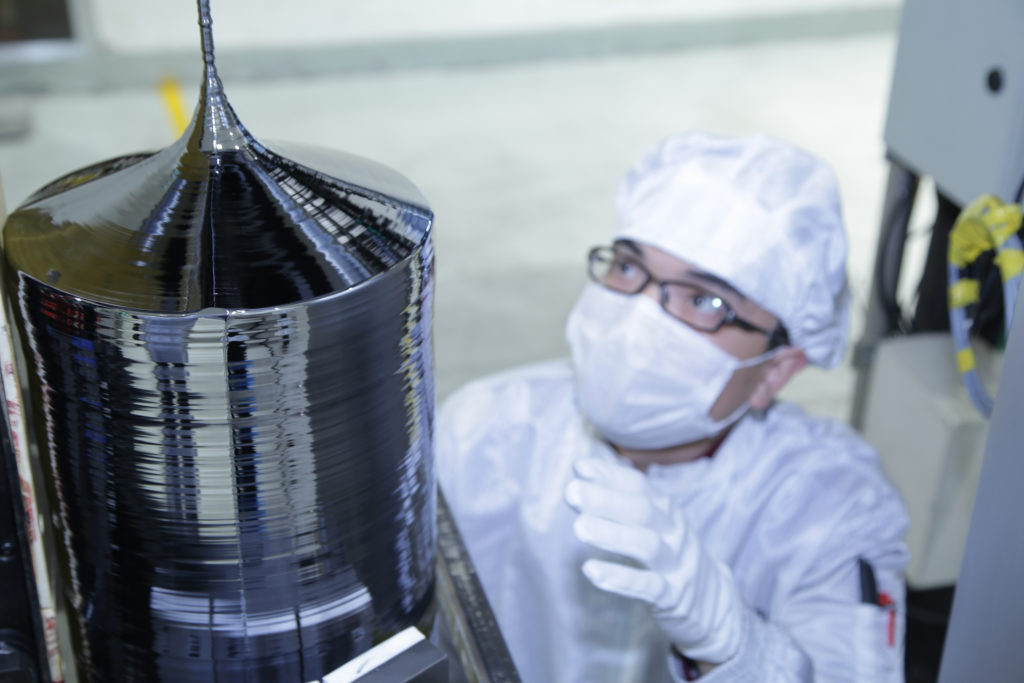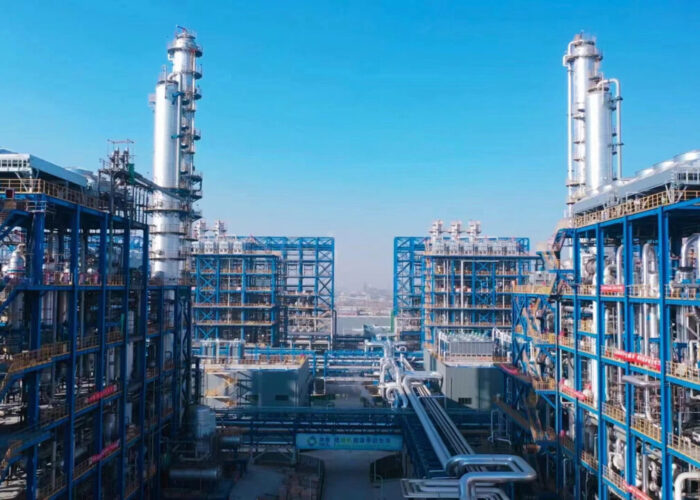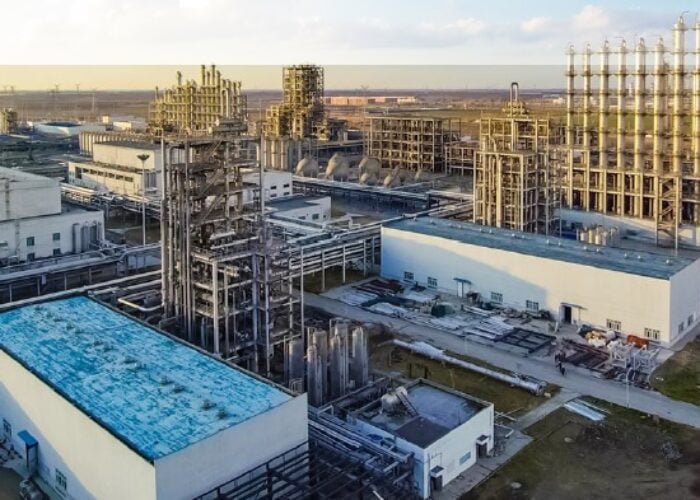
Leading monocrystalline wafer producer LONGi Green Energy has signed a three-year high-purity polysilicon supply deal from OCI Malaysia, while securing 46GW of PV glass from China’s Flat Glass Co.
The deal with FLat will lock in glass availability for LONGi Solar’s module assembly plants.
Unlock unlimited access for 12 whole months of distinctive global analysis
Photovoltaics International is now included.
- Regular insight and analysis of the industry’s biggest developments
- In-depth interviews with the industry’s leading figures
- Unlimited digital access to the PV Tech Power journal catalogue
- Unlimited digital access to the Photovoltaics International journal catalogue
- Access to more than 1,000 technical papers
- Discounts on Solar Media’s portfolio of events, in-person and virtual
Or continue reading this article for free
According to the agreement, the material procurement starts from March 2021, will run through to the end of 2024 and is worth approximately RMB6.36 billion (US$ 988.2 million), based on current ASPs of RMB92,500/MT (US$14,373.84).
LONGi has been securing a number of key polysilicon supply contracts due to polysilicon capacity constraints in China and the expanding customer demand for p-type mono wafers.
LONGi subsidiary and major ‘Solar Module Super League’ (SMSL) member LONGi Solar has targets of shipping around 45GW of PV modules in 2021.
46GW solar flat glass contract
LONGi Solar has also announced a new solar flat glass procurement contract with Flat Glass Group, securing front glass (3.2mm thickness) and rear glass (2.0mm thickness) capable of supporting 46GW of PV module production between 2022 to the end of 2023, worth approximately RMB10.4 billion (US$1.62 billion).
The glass supply is for LONGi Solar’s 13 module assembly subsidiaries, including operations in Vietnam.
Solar glass has been in short supply since the second-half of 2020, due to Chinese government restrictions on new capacity expansions, due to general building glass overcapacity of around 30%, compared to demand.
However, restrictions were lifted specifically for solar specific glass sizes and thicknesses, due to the chronic shortages that limited PV module shipments since. New capacity is expected to come on-stream later in 2021 and beyond to meet growing demand and reduce ASPs which have led to profit margin decline for a number of PV module manufacturers.





